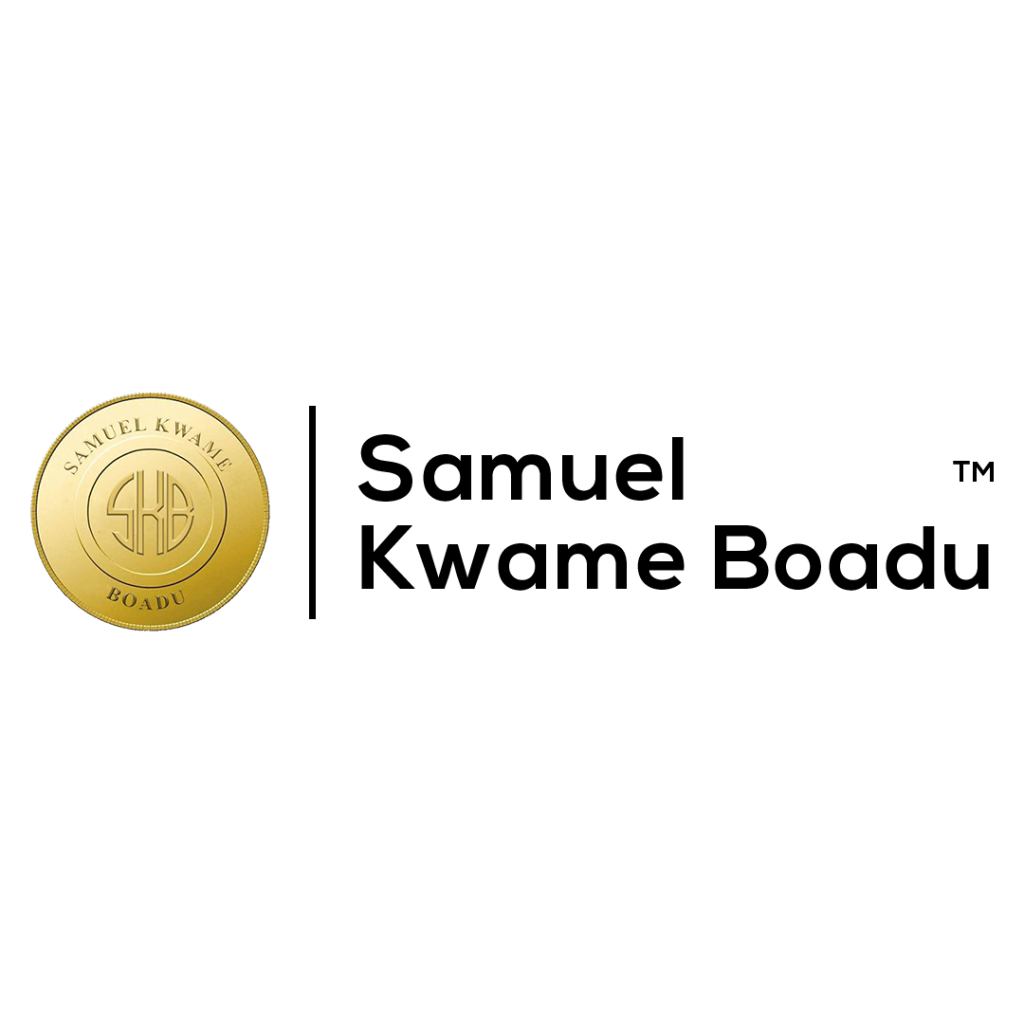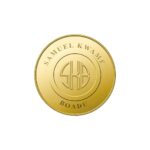Building a Successful and Lasting Business, This might be the most useful post you read all year.
“How useful is what I do?”
It’s a question that is so simple on paper, yet so freaking difficult to answer in real life.
The usefulness of your product or service is a metric that’s difficult to quantify. As a result, a lot of entrepreneurs and business leaders don’t bother trying to measure it at all. Instead, they’ll substitute a backward-looking statistic like revenue, or worse, they’ll rely on vanity metrics that don’t mean anything.
Then they’ll find that revenue can suddenly evaporate one day with no explanation. Or they’ll use false positives as justification for poor decisions on spend. Either way the money goes net negative real quick.
Let me assure you that in over 10 years building and helping grow start-ups with SamBoad Business Group Limited, I’ve learned that there is no single answer to any other question that’s going to more accurately predict the success of your business.
So how do you answer it?
The Question Is Really About Your Business Mission
Last week, I talked about mission startups versus machine startups with a group of entrepreneurs from my Telegram Channel. This is my own terminology, but basically a machine startup is one that builds or buys growth around a product, usually by raising money from outside investors.
A mission startup follows a more organic path, and grows step-by-step from a solution, slowly built into an ever-improving product and delivered to an ever-expanding market.
While mission startups and machine startups are two completely different beasts, all startups – even machine startups with shedloads of money – should be built around a single, unwavering mission. It’s the reason their solution exists and therefore also their product and their company.
While a machine startup requires venture investment to survive, its product doesn’t have to be very useful out of the gate. In fact, a machine startup doesn’t even require a working product in the beginning, just the funding to design and build a grand machine that will eat a large portion of a market, including all its competition.
On the other hand, in order to be successful, a mission startup’s product has to score a nine out of 10 or greater on the utility scale. Without all that rocket-fuel of funding, a mission startup’s product demand has to be perpetually increasing, its market has to be large and addressable and its margins have to be thick.
Whether you’re building a machine or carrying out a mission, none of that good stuff happens without a product that is maximum useful to a growing number of customers.
Ask Your Customers About Your Mission
In that same post, I also gave an example of a couple of mission startups I’ve founded, including the one I’m founding now, Blvck Tick. The mission of that startup is to make more and better entrepreneurs by delivering startup advice affordably.
Now, earlier when I said the utility level of a mission startup’s product has to be nine out of 10 or greater, well, after more than three months of building SKB News Magazine and Blvck Tick on the foundation of its mission, I surveyed my customers about its utility. My first question was to be scored on a scale of 1 to 10. That question:
“Blvck Tick has helped me or will help me build and grow my startup.”
And the result was 8.95 out of 10. Close enough.
This question was not worded arbitrarily. I’m not asking if they’re selling more product, because there are already solutions out there for that, solutions that offer an entirely different value proposition.
I’m not asking if my customers feel better about themselves or their leadership, because I’m not trying to make happier and more confident business people. Again, coaching already exists and it’s a completely different value-prop.
No, Blvck Tick exists to advise entrepreneurs on how to build and grow their startups. That’s the mission. That’s my thesis.
You should constantly ask your customers how useful your product is. And you can only get the answer you need by asking the question in a way that speaks directly to whatever mission drives your solution.
Use Engagement to Back Your Mission Thesis
When asked properly, the utility answer is a more important metric than NPS, because brand loyalty rarely moves the revenue needle. And in my opinion, the utility question needs to be answered before measuring engagement, because that engagement might not be engaging for the right reasons.
I’m sure you’ve spent plenty of time using products and services for no other reason than you weren’t inclined to make a change. Yet. But then when that change became inevitable – think flip phone to smart phone or cable to streaming – there was no going back.
The cable company I left five years ago still sends me an NPS survey.
.
Read Also:
Starting a Business is Not as Risky as You Think – Don’t be afraid
.
Once you’ve established usefulness, measuring engagement takes on a whole new meaning. Not only will your results tell you where to make your product better, faster and stronger, but you’ll also know why – which leads to lighter spend for more customer value.
You won’t be adding features they don’t want or selling to customers who don’t care.
.




